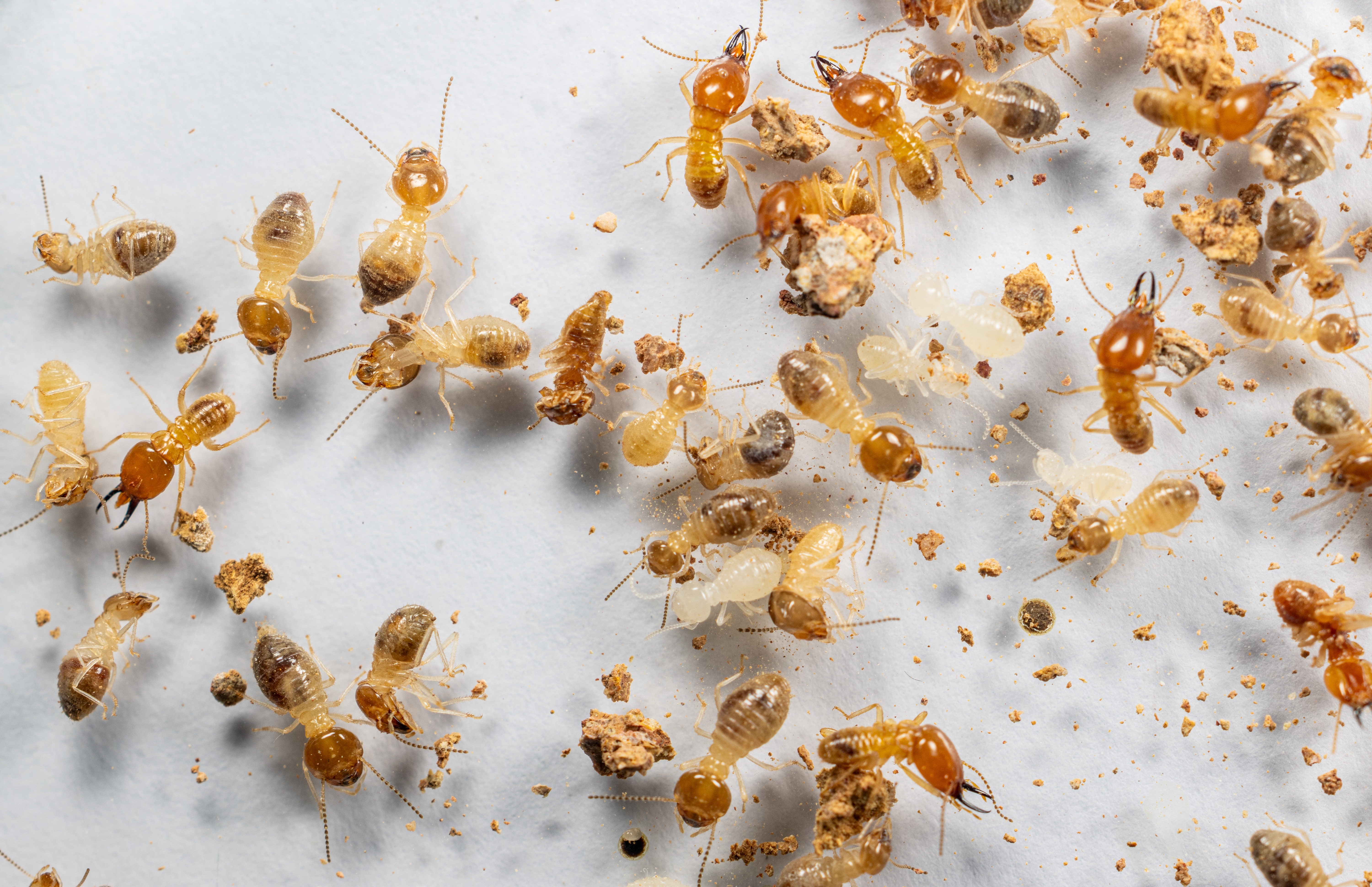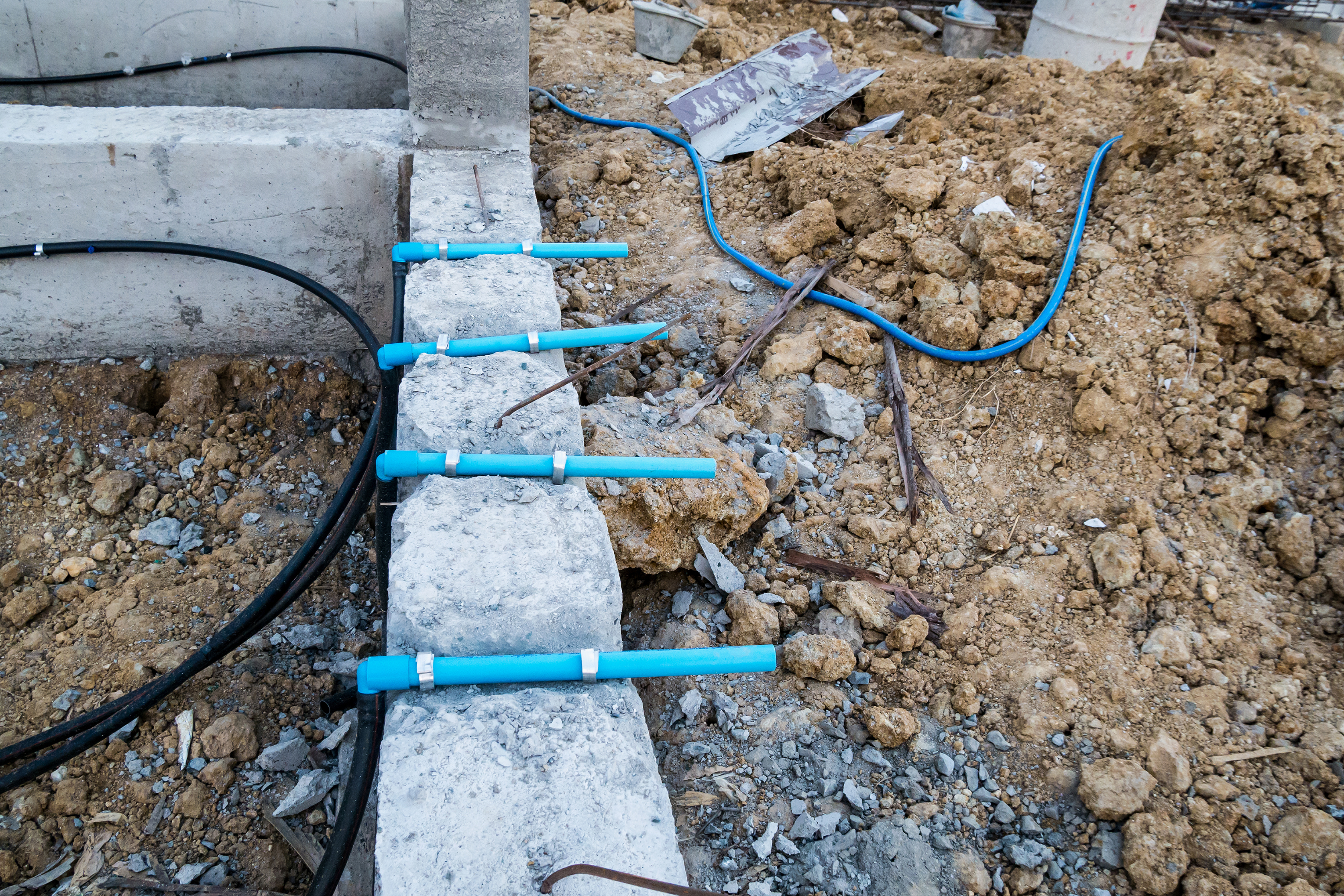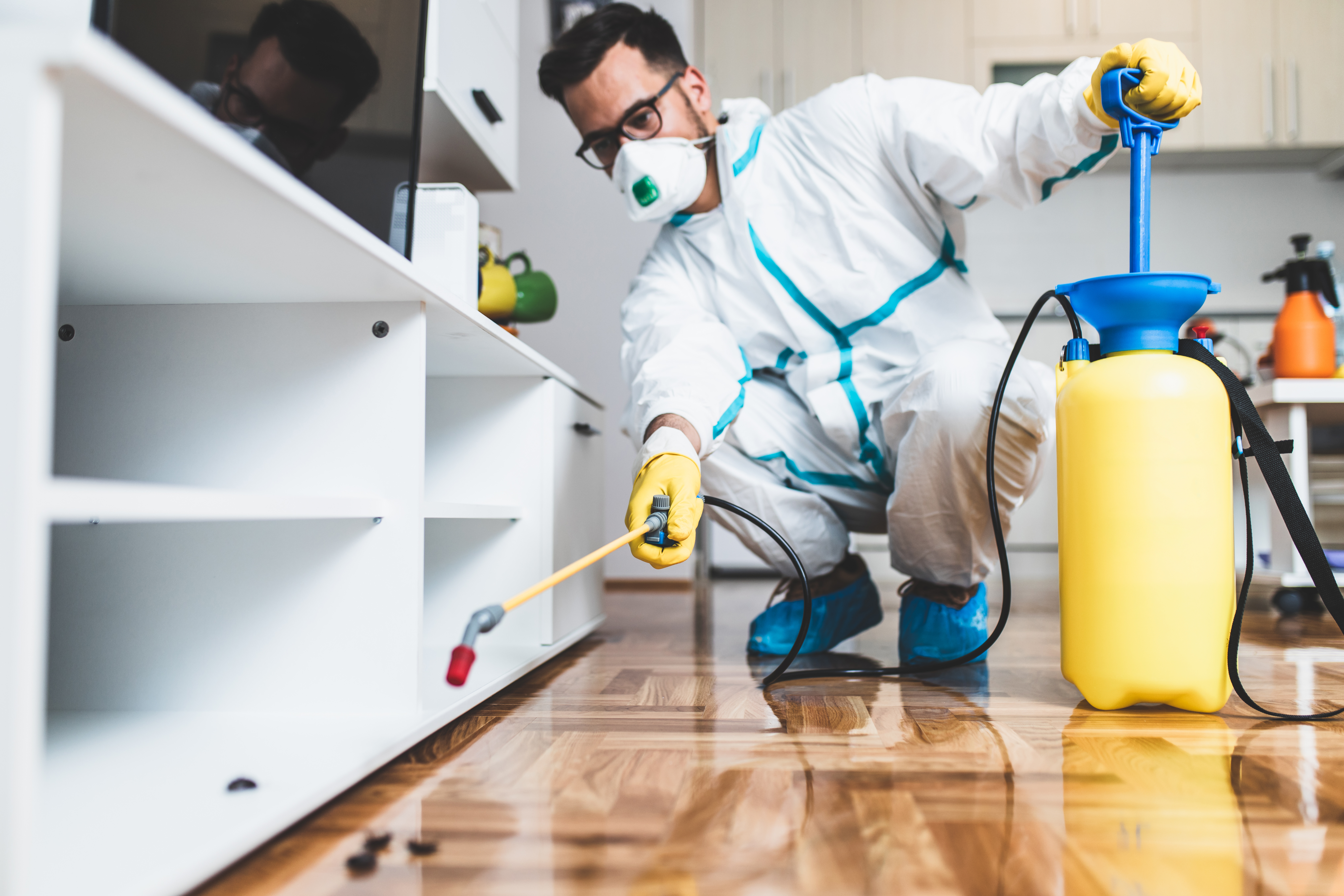Introduction
Discover effective termite control solutions for Indian homes. Learn about prevention, treatment options, costs, and eco-friendly alternatives from industry experts.
Guide to Termite Control
Termites are the silent killers that can cause immense damage even before you realise it. These tiny troublemakers feel comfortable in the warm, humid climate of India, making termite control a top priority for homeowners and businesses alike. But worry not—this guide dives deep into termite control, blending insights, tips, and solutions to help you tackle these pesky intruders effectively.
Understanding the Enemy: Termites in India

Termites are social insects that live in colonies, feasting on cellulose-based materials like wood, paper, and even some fabrics. In India, two main types of termites are commonly found:
1. Subterranean Termites: These are the most destructive. They build mud tubes to access food sources and can devastate wooden structures from below the ground.
2. Drywood Termites: As the name suggests, they thrive in dry wood, attacking furniture, doors, and window frames.
Fun Fact: Cockroaches? Termites have been around for over 120 million years, but that doesn’t mean you have to welcome them into your home!
Signs of a Termite Infestation
Finding an infestation early is key to minimizing damage. Look out for these significant signs:
• Mud Tubes: Thin, pencil-like tunnels on walls or foundations.
• Hollow Wood: Tap wooden surfaces. A hollow sound may indicate termites have been feasting inside.
• Discarded Wings: Swarmers shed their wings after finding a new nesting site.
• Frass: Tiny wood-coloured droppings near furniture or wooden structures.
Why Termite Control Matters in India
The tropical and subtropical climate creates an ideal breeding ground for termites. They can cause significant structural damage to homes and businesses, leading to costly repairs. Whether it’s a modest house or a sprawling corporate office, termites will happily move uninvited.
Primary Methods of Termite Control

1. Pre-Construction Treatment:
A proactive approach where the soil is treated with termiticides before construction begins. This creates a chemical barrier that prevents termites from entering the building. The treatment is applied to the foundation, plinth, and surrounding soil, ensuring long-term protection. It is a crucial step in safeguarding the structure from termite damage, reducing maintenance costs, and enhancing the building’s durability.
2. Post-Construction Treatment:
Involves drilling small holes in walls and floors to inject termiticides into the ground. This method targets existing infestations and prevents future ones. The holes are then sealed, ensuring minimal disruption to the structure. Regular inspections and follow-up treatments may be needed for long-term effectiveness. This approach is essential for homes and buildings that were not treated during construction, providing a reliable defense against termite damage.
3. Baiting Systems:
Non-invasive and eco-friendly, baiting systems attract termites to a poisoned food source, which they then carry back to the colony, eradicating it.
4. Wood Treatments:
Application of termiticides or natural oils to furniture and wooden structures to protect them from termites.
Eco-Friendly Termite Control Solutions

Concerned about harsh chemicals? Consider these sustainable methods:
• Neem Oil: Its anti-termite properties make it an excellent natural repellent.
• Orange Oil: Contains d-limonene, which is lethal to termites.
• Boric Acid: A tried-and-tested DIY solution that disrupts termites’ nervous systems.
• Sunlight Exposure: Termites hate sunlight. Exposing infested furniture to direct sunlight can drive them away.
Preventive Measures to Keep Termites at Bay
1. Eliminate Moisture: Fix leaks and ensure proper ventilation.
2. Declutter: Avoid piling up old newspapers, cardboard, and wood scraps.
3. Regular Inspections: Conduct routine checks for signs of termites.
4. Use Treated Wood: Choose termite-resistant wood for construction and furniture.
5. Seal Cracks: Block potential entry points by sealing cracks in walls and foundations.
Why Professional Termite Control Services Are Worth It

While DIY methods are helpful, professional pest control services bring expertise and specialized equipment to the table. In India, companies offering termite control services provide tailored solutions that include inspection, treatment, and maintenance plans. Look for providers with experience, good reviews, and eco-friendly options.
Cost of Termite Control in India
The cost varies depending on factors like the size of the property, severity of infestation, type of treatment, and the region you belong to. On average:
• Pre-construction treatment: ₹30-50 per square foot.
• Post-construction treatment: ₹300-600 per room.
• Annual maintenance contracts: ₹3,000-10,000 based on the property size.
Winning the War Against Termites
Termites may be ancient, but with the right knowledge and strategies, you can protect your home and business from their destructive tendencies. From identifying the early signs to employing preventive measures and eco-friendly solutions, termite control in India doesn’t have to be a nightmare.
Remember, the key is vigilance and timely action. So, the next time you spot a mud tube or hear the faint sound of wood cracking, don’t panic. Arm yourself with the information above, and you’ll be one step ahead in the battle against these relentless pests.
Related Articles
Sign up for the newsletter
If you want relevant updates occasionally, sign up for the private newsletter. Your email is never shared.














